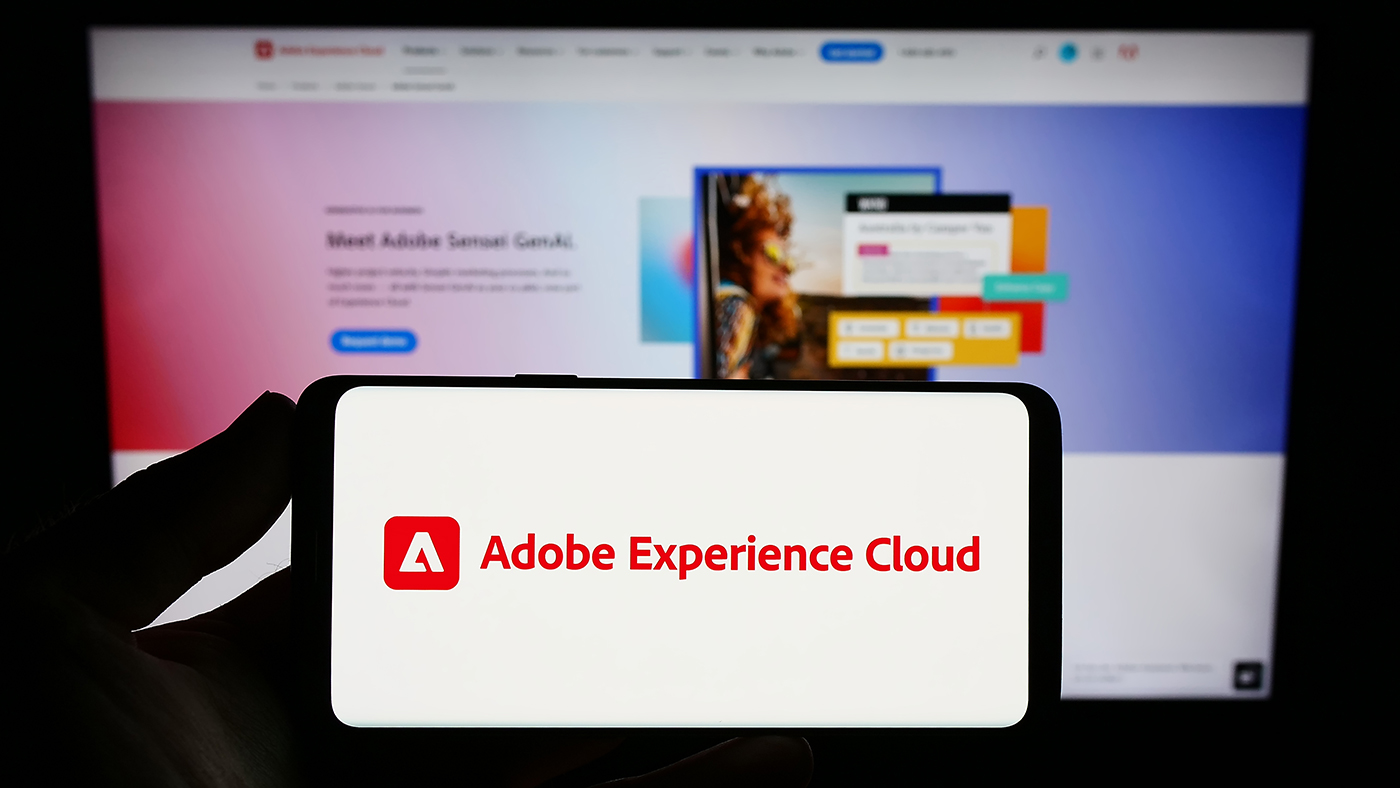
Why Your Product Owners Need User Experience: 4 Rules for a Successful Product Redesign

Often Apexon is asked to create a unifying experience across multiple legacy enterprise applications. Several approaches can be taken depending on your company’s experience and comfort level with product design and development. This poses an interesting challenge due to the simple fact that many companies don’t really understand the complexities around the transformation, either from a business perspective or a technical implementation perspective. User Experience (UX) is the common ground that can bridge that gap – if it is successfully leveraged.
Approaching legacy application redesigns from a product design perspective and a healthy dose of UX Design, ensures that the final output truly satisfies your user’s needs. Often, the biggest challenge is overcoming the fear associated with the misconceived notion of throwing out a system that has served a company well for sometimes well over a decade. On occasion, convincing the business from a technical perspective is a surprisingly easy approach. Savings from retiring outdated hardware and unwieldy codebases whose authors have more than likely left the company is a no-brainer.
While approaching the application redesign from the technical angle is an easy undertaking – it is not the real problem that a business will need to solve. In reality, the real struggle comes from educating the business of their new role in the design of the system. These new Product Owners (PO) are many times thrust into a role by default with little experience architecting a new product. While they may be the resident Subject Matter Experts within an organization – they must retire their preconceived notions surrounding what their users want or need from this new application.
Educating a new PO is where a skilled user experience team can really become a differentiator. UX can set a PO up for success before a single line of code is written or database retired. The UX Strategist can take the PO’s abstract vision, combine it with actual user’s needs and create tangible deliverables. There is more to a UX Strategist than only creating pretty sketches and intricate wireframes. In reality, UX should really be pushing the PO to question the status quo and helping them become better “Choice Architects”.
Overcoming fear around drastically changing a system that is perceived to have served a large user base for as long as anyone can remember is a lofty challenge. The most important thing to remember is this new system will be designed with the actual users themselves leading the charge with the PO (and UX of course) being their advocate.
Keeping in mind these 4 simple rules will help you succeed where your predecessors have failed:
1. SKETCH YOUR FAILURES QUICKLY
UX (particularly Lean UX) is all about reducing the time consuming, ultra high fidelity deliverables. Never be afraid to depict your assumptions with simple pen and paper. Who can argue with a mistake, when it is a sketch and clearly in an exploratory format? Even if the sketch is completely wrong, the conversation it fuels may lead to some interesting discoveries. You don’t need to be a UX specialist to sketch – all are welcome!
2. KNOW WHEN TO PAINT THE PICTURE
There is a maturity spectrum when it comes to a company’s understanding of product design. The typical agency approach is to jump directly into a high fidelity visual comps. Although this approach may seem rewarding and it may have the business anxious to get started on development – avoid this approach. With that in mind, many times taking a strategic approach to create a ‘dream state’ application might be enough to get stakeholders engaged and help them start thinking outside of the box. Always keep the eventual Minimum Viable Product (MVP) in your sight so you can eventually work backwards from that ‘dream state’.
3. QUALITY OVER QUANTITY
While this is an obvious sentiment, it is typically the hardest concept for any business to accept. The perception of starting with a new MVP experience can frighten a business. How can an application that has countless bells and whistles and features and functions be boiled down into an ultra simplified ever-evolving application? The easiest way to solve this problem is to let your actual users define the MVP. While the business may have the ‘dream state’ in a roadmap – your users will tell you what needs to be there day one. The export to CSV button you have been giving your users since the early 2000s may feel like a hard and fast requirement. In reality, the Excel function your users have been relying on to get their job done for over a decade is the feature they would prefer to see in an interactive dashboard.
4. RESPECT YOUR SAVVY USERS
Your users are smarter than you think they are. They have come to expect a high degree of flexibility and customization when it comes to their digital world. The bar that an enterprise must rise to is getting higher and higher. If your users are involved during the definition of your product – you will create a system that is not only intuitive but also streamlined and easier to implement and maintain.
User Experience is always going to be the differentiator between a mediocre application and a ‘best in class’ product. Regardless of a PO’s experience level, involving your users early and often will set your next project up for success. While every initiative will have constraints (either financial, timeline and/or resources) – engaging with your users and putting their needs above your own can be worked into any project.
Want to learn more about Apexon? Consult with an expert here.




